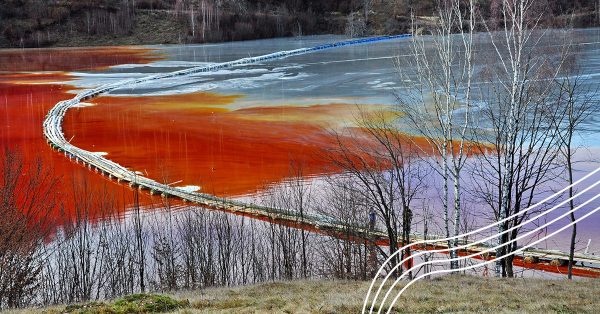The impacts of serious oil spills can be felt for decades, with some damage being completely irreparable. Doused with suffocating black sludge, the waterways, marine life, land animals, plant biodiversity, infrastructure and economy in affected areas are all at risk.
Fast, efficient, economical and responsible oil spill clean-up techniques are vital if nature and the economy have any chance of recovery.
Clean Earth Technologies is in the process of testing its new oil sorbent innovation, a porous and hydrophobic polymer which has delivered promising results. The solution will offer a safe and sustainable method for oil spill remediation.
Currently, two of the most common methods for cleaning up oil spills – the use of chemical dispersants and a technique using booms and skimmers – don’t tick these same boxes.
The use of chemical dispersants involves toxic chemicals being sprayed over the spill by boats, aircrafts and workers on shore. These chemicals pull oil particles apart so that they can be degraded by bacteria. While the long-term effects of dispersants are unknown, there are concerns that some could be more harmful to the environment than the oil itself. The way the chemicals break down the oil could also potentially lead to dispersants bioaccumulating in seafood.
The technique using booms and skimmers to remove oil from the water’s surface may be able to reduce the possibility of polluting shorelines and other resources. Booms are used to gather the oil, while skimmers separate it from the water. However, the efficacy of the method depends largely on sea conditions and the amount of debris in the affected area – limiting the practicality of the technique.
The current research conducted by Clean Earth Technologies indicates that porous and hydrophobic polysulfides can capture oil in seconds. Clean Earth Technologies’ breakthrough solution has undergone successful laboratory tests and the company is looking to commercialise the material for oil spill remediation in the near future. Further advances to the technology could have many advantages, including faster and more effective clean-up, lower costs, scalability, and reusability.
*Source: Science Learning Hub



